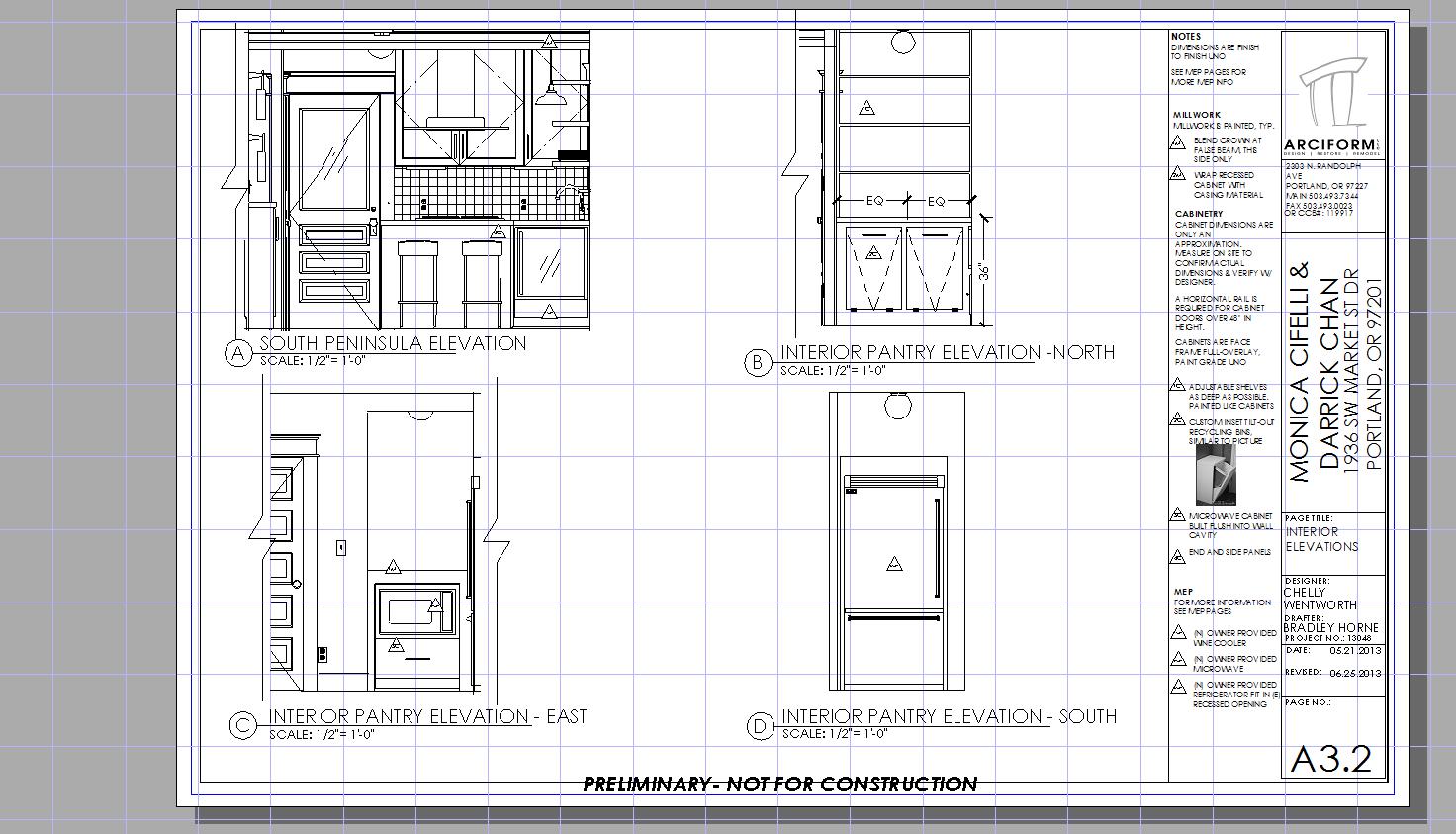Small Kitchen Makeover: Design Phase
How does a designer take a bundle of hopes, wishes, obstacles and opportunities and turn it into a coherent plan that will accomplish both the desires of the client and the practical needs of the project?
For our small kitchen makeover winners , Arciform designer Chelly Wentworth developed her initial design proposal with 3 key goals in mind:
1. Open the kitchen up to the dining room to make the space feel larger.
2. Add storage wherever possible.
3. Integrate the clients’ preference for clean, modern lines with the vintage character of the home to create a timeless look.
To accomplish that goal, she began by creating a detailed plan of the existing kitchen (see above) to help visualize the challenges and options available in the space.
She also created a Pinterest board of style ideas to help illustrate and guide the design process.
(Carrara marble and white subway tile are combined with open shelving in this sample kitchen pinned by Chelly. The result is a crisp neutral palette that still has vintage character and adds storage space without the bulk and expense of upper cabinets.)
From here, Chelly created a set of elevations (drawings that illustrate the kitchen one wall at a time) of her proposed designs.
Here are a few of the design details Chelly incorporated into her initial design.
Illustration A . A mixed mosaic tile back splash in anthracite from Oregon Tile and Marble will cover the west wall, adding a subtle repeating pattern and cool grey tones to the kitchen. An existing obsolete chimney will be removed from the NW corner, opening up wall space for open shelving to display and store needed kitchen items.
Here’s what the mixed mosaic tile will look like:
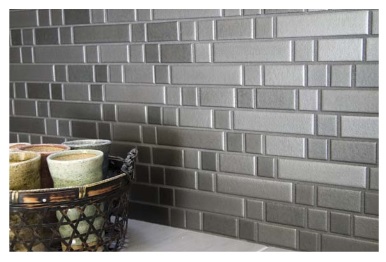 To coordinate with the backsplash, George Morlan
is providing a charcoal grey undermount sink
with a very cool faucet. Take a look:
To coordinate with the backsplash, George Morlan
is providing a charcoal grey undermount sink
with a very cool faucet. Take a look:
Illustration B. The existing wall separating the dining room and kitchen will be removed, to be replaced with a peninsula that will house a dual fuel slide-in range with a clear glass range hood provided by Standard TV and Appliance. The peninsula will include a small overhang for a breakfast bar on the dining room side. A pendant light from Schoolhouse Electric will create a visual connection between the kitchen and dining spaces and millwork for the opening surrounding the peninsula will be matched to the existing molding and built-ins in the dining room to create a cohesive look.
Illustration C. The removal of the north wall will open up room for a shallow spice cabinet to the left of the basement stairs, adding needed storage while keeping the new open feel of the space. A set of Julia Child-inspired wall mounted pot racks will allow them to keep their pots and pans close to hand.
Here’s a sample pegboard pot rack that will inspire the finished pot wall:
Illustration D. The south wall will be the primary place to add new cabinets. Chelly proposes Shaker-style full overlay cabinet doors and drawer fronts from Versatile Wood Products to add vintage character while keeping the lines clean and simple.
Here’s an example (on the right) of what Shaker-style full overlay cabinets look like:
For Darrick and Monica, the butcher block counter shown above would be replaced with h oned grey Carrara marble counters that will be cut by Wall to Wall Stone Corp and installed by Classic Marmo.
In the pantry, an unusually narrow 33″ wide fridge has been found that will tuck into the small space and open freely.
BONUS! Darrick noticed that the back side of the pantry connects to an empty space below the stairs, allowing us to tuck the microwave into a built-in cavity that will add a lot of functionality without sacrificing any counter or shelf space.
So what do Darrick and Monica think of how the design is progressing so far?
Darrick writes,
“As far as the design so far- we were pretty much floored. You visualize some of the design concepts but seeing it in a 3-D rendering puts it in a completely different picture and makes it much more real.”
What changes are they considering to the initial design?
* changing the shelves colors to match the floors
* adding a wine fridge (because we oh so love wine)
* adding a trash compactor (to minimize on the mountain climbing for each trip to the trash can)
* taking out the door frame that leads into the fridge room (to make it much more open)
Darrick adds, “The experience so far has been great. It’s been a great learning experience as this is the first time we’ve gone through a remodel. We’re excited to keep forging forward and can’t wait for the great result.”
Next week: Contract Revisions: The Devil in the Details
Follow the story with these additional Kitchen Makeover Posts:
Thanks again to our Small Kitchen Makeover Contest Partners:
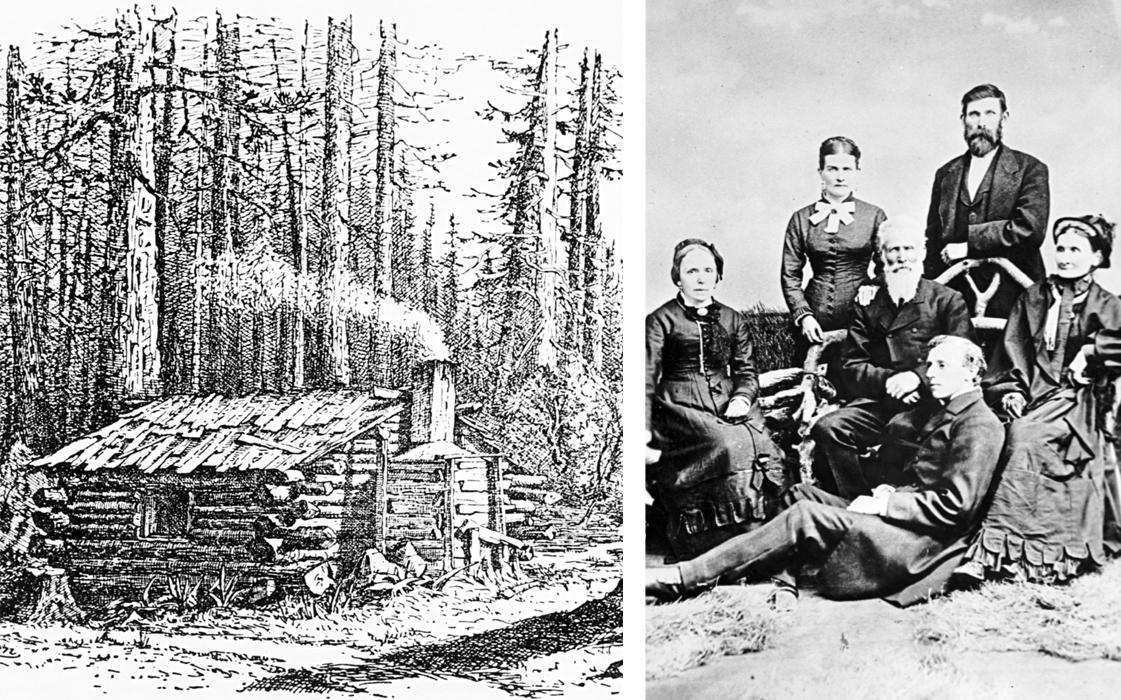
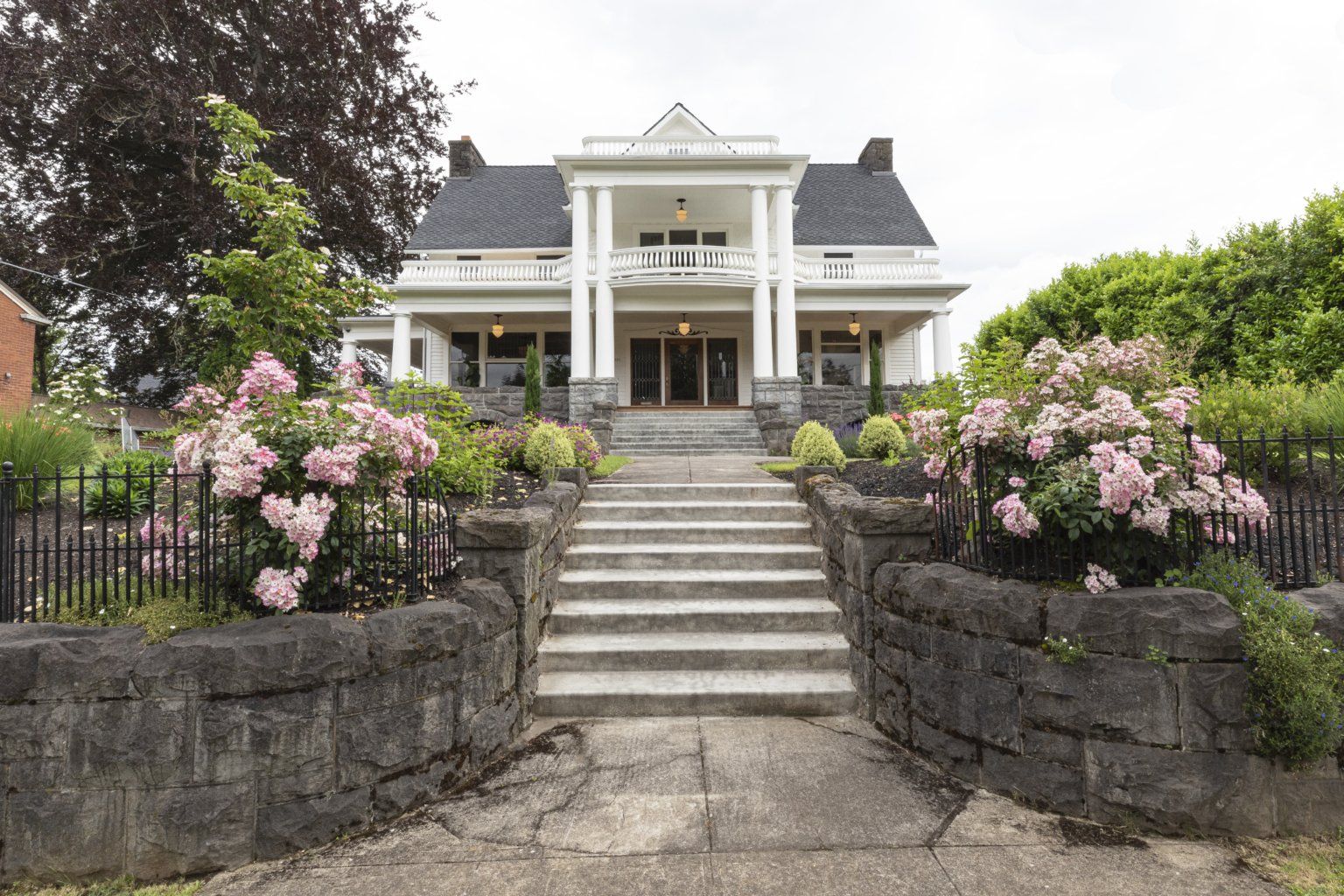





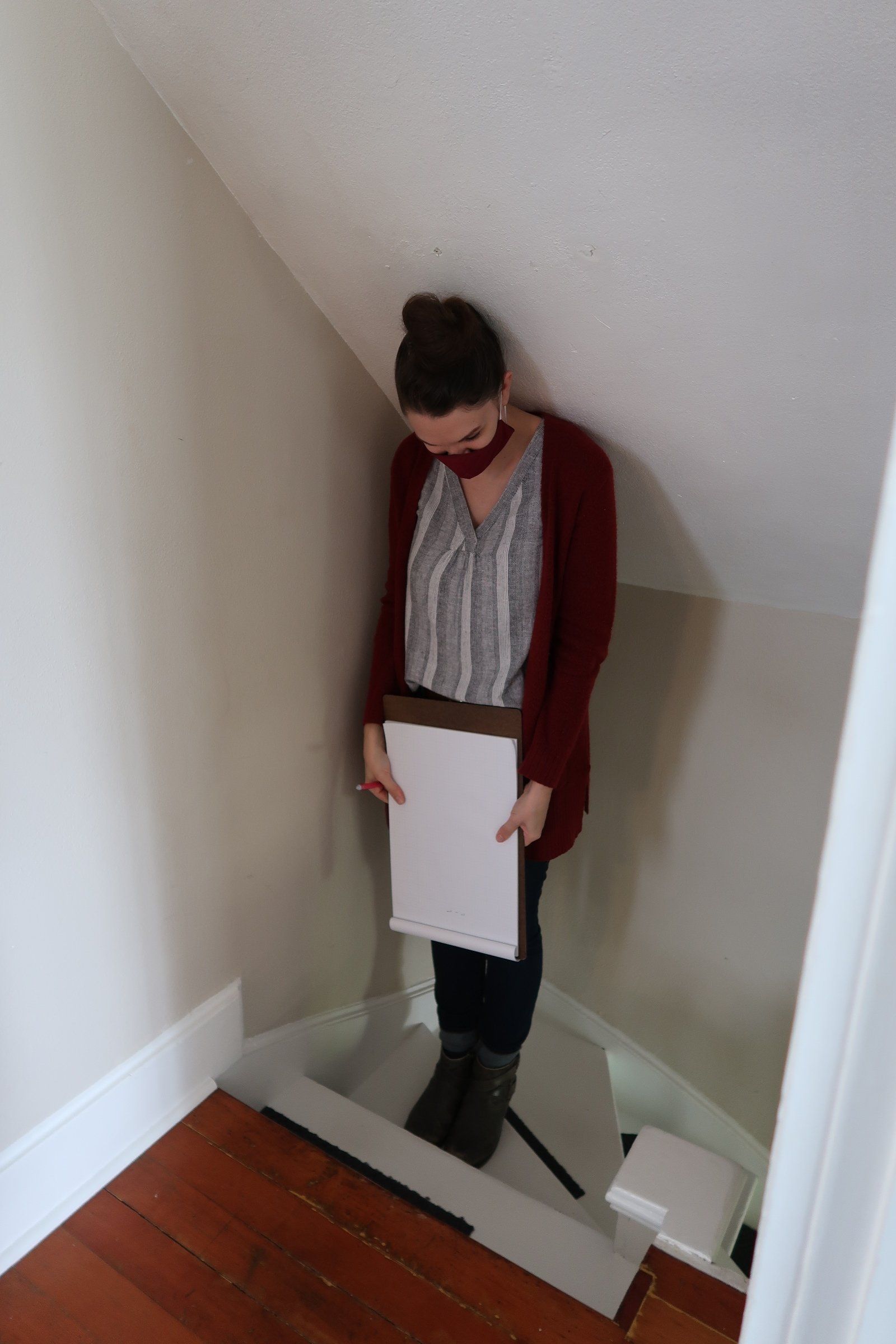
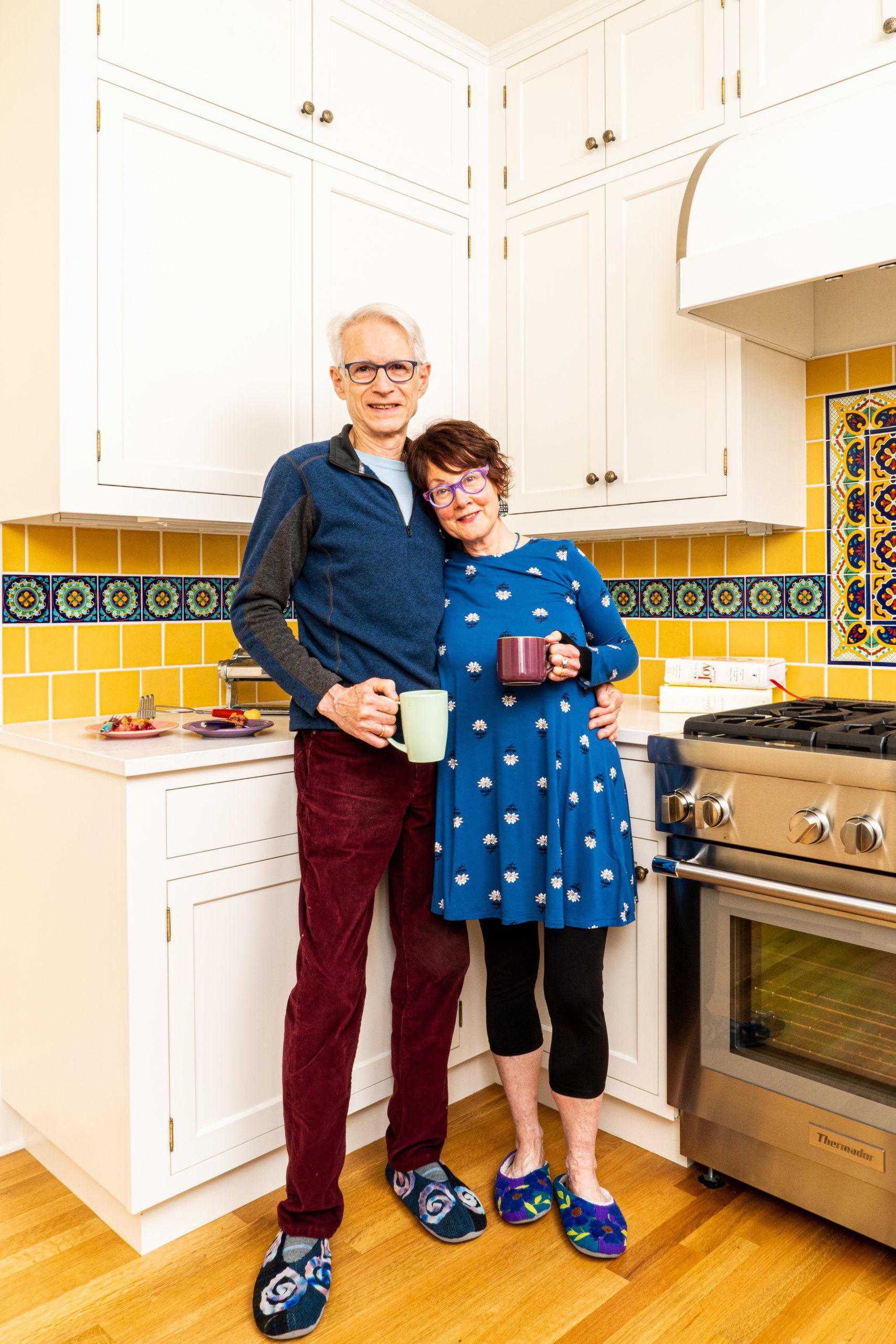


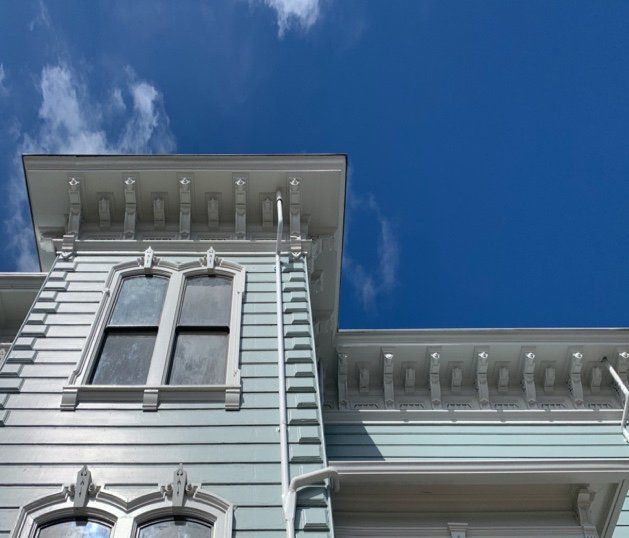
Oregon: CCB# 119917 | Washington: ARCIFL *910KJ











